Workstation & CCTV-Your strongest wall of defense.
An individual laptop or collection of computers used by a single user to conduct business is referred to as a workstation.
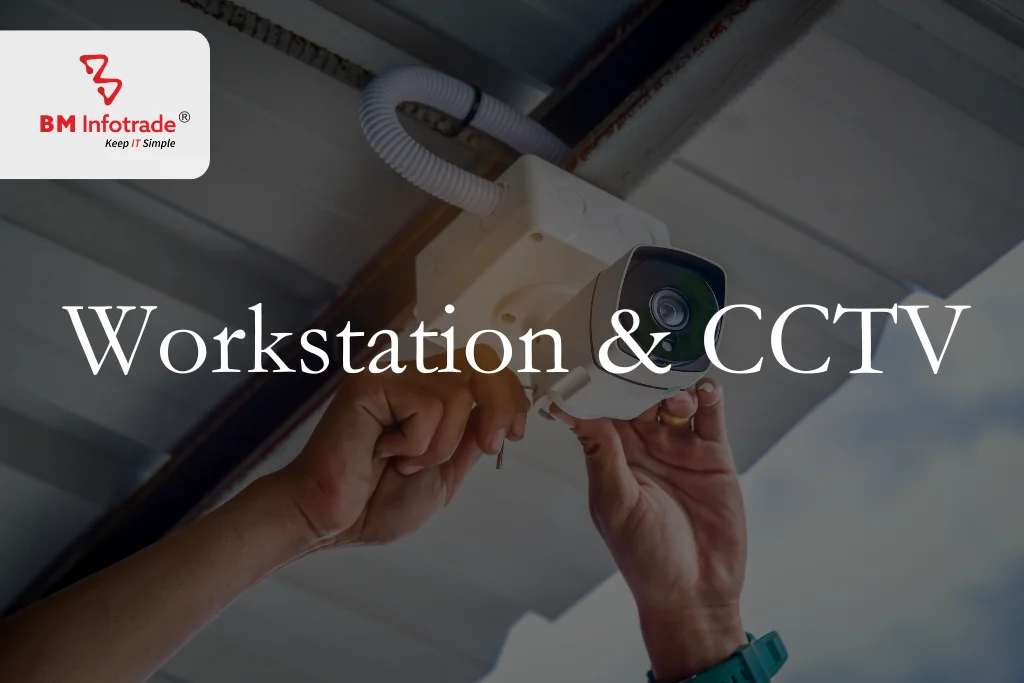
Workstation & CCTV-Your strongest wall of defense.
Table of Contents
An individual laptop or collection of computers used by a single user to conduct business is referred to as a workstation.
For instance, a "computer" could be a low-powered computer connected to a larger community. It can also refer to a powerful laptop designed for serious academic or professional computation. The first computer was the Xerox Alto, which was introduced in 1974.
CCTV (Closed Circuit Television) is a closed system that includes video cameras, display devices (monitors), and wired or wireless information networks to help you switch images from video cameras to monitors.
In addition to cameras and monitors, video surveillance systems frequently include servers, disk storages, and user computers that allow storing and processing video data. Additionally, security structures and other record-keeping systems may be integrated with video surveillance systems.
The systems for video surveillance are made to ensure security at covered locations, track personnel activities, keep track of production schedules, and other things.
What Purpose Does a Workstation Serve?
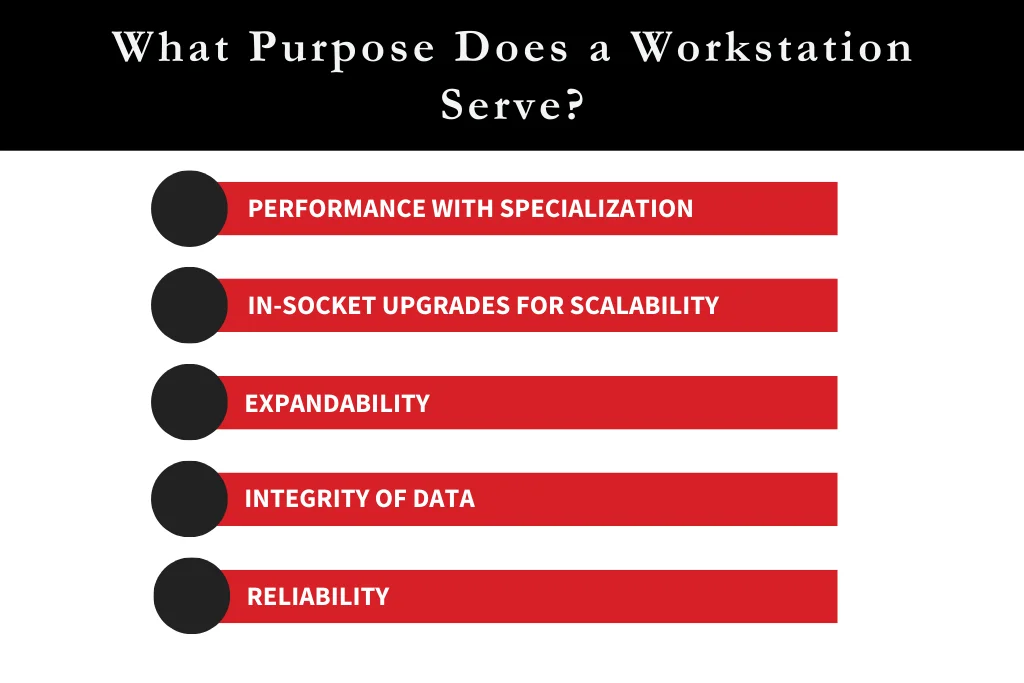
Professionals from a variety of fields, including data science, media, and engineering are creating complex computer-aided design (CAD) models, animating 2D and 3D graphics, and creating artificial intelligence (AI) algorithms. This innovative work necessitates the use of resource-intensive user applications and workloads that only purpose-built workstations can manage.
Workstations are portable computers, fixed towers, or rackmount systems that are especially created and set up to handle the most demanding professional workloads and workflows.
Devices at a Workstation
Workstations are available as mobile laptops, desktop towers, or rackmount systems in three different form factors. Even though they are offered by numerous OEMs, including Dell, Lenovo, and HP, workstations typically have the same set of technological capabilities.
Workstation Specifications
Workstations may also resemble conventional business or consumer computers, but they differ significantly from them. A number of distinguishing characteristics related to performance, dependability, data integrity, scalability, and expandability set workstations apart from modern PCs.
Read More:- Importance of Network Technologies and Network Technology Types.
Performance with Specialization
Power users may experience a severe halt in production and productivity while waiting for time-sensitive tasks on their workstation, like media rendering. With strong processors that can handle workloads and applications that require a lot of data, workstations must perform more multithreadedly than standard PCs. Users can finish their tasks more quickly with both single- and multithreaded workloads on workstations.
In-Socket Upgrades for Scalability
When the economy is booming, creatives, engineers, and other specialists frequently have to handle more complicated workloads and have access to more information-intensive applications. To meet the demands of the increasing workload, workstation performance must scale as it should. When using Intel® CoreTM or Intel® Xeon® processors, in-socket upgrades—from 8 to 28 cores per socket—can significantly boost laptop performance. A wise, pro-active decision is to invest in workstations with CPUs that offer a few cores if you anticipate a sizable amount of business growth in the near future.
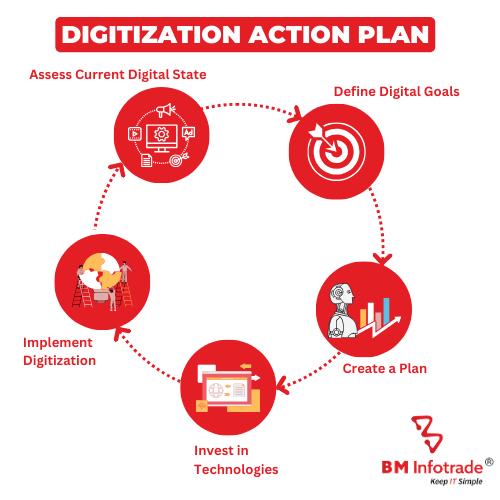
Expandability
Professional power users' needs will evolve over time, and their workstations will have to change and grow along with them. To accommodate growing workload demands, more GPUs, FPGAs, SAS/SATA expanders, RAID cards, or fast network interfaces (10G) may be required. Users of workstations with 2nd Gen Intel® Xeon® Scalable processors can benefit from up to 56 cores, up to 96 CPU PCIe lanes, and 12 memory channels (across two CPU sockets). Workstations powered by Intel Core processors offer up to 16 cores, 20 CPU PCIe 5.0 lanes, and two memory channels.
Integrity of Data
Data corruption can have a significant negative impact on business operations in some workstation-using sectors, such as finance and data science. When information stored in memory spontaneously flips between a 1 and a 0 due to thermal or ionizing radiation, data corruption can happen. Without correction, these memory or data errors can lead to bad data or the loss of weeks' worth of work, which can lower employee productivity. Users and IT departments can significantly reduce risks to data and improve system availability by investing in workstations that support error-correcting code (ECC) memory1 and reliability, availability, and serviceability (RAS) technologies.
Reliability
Users need to feel confident their workstation is extremely dependable and the platform software is optimized, certified, and guaranteed to perform as expected when working on data-intensive workflows or mission-critical projects. Systems compatibility and dependability can be improved with workstations that have received OEM-secured system certifications from top software providers.
Read More:- Why data networking important? Effortlessly manages all your information.
Features
These five characteristics describe the computer workstation.
SSD: Unlike traditional HHDs, SSDs operate differently. Physical failure is less likely because there are no moving parts. But the price is higher than for HHD.
RAID: Using several internal hard drives, RAID processes and stores data. RAID systems come in a variety of forms.
ECC Memory Your system is more dependable with ECC Memory. In order to avoid system crashes and minimize downtime, it can correct memory errors before they have an impact on the system.
Multiple Processor Cores: More processing power is available with more processor cores. It cannot, however, assure performance gains.
GPU optimization: All computers require screen output. Your CPU will perform less work if you have a high-end GPU.
Specifications for various CCTV camera types
Nowadays, CCTVs are a necessary component of our daily lives. These monitoring tools are very useful while you are away, whether they are in your home or office. They are most likely the most effective way to monitor your property in real-time or on video. Although there are various types of CCTV cameras, many customers are unaware of them. These types work well in a variety of settings and on various premises. Choosing the appropriate type for the right application becomes crucial as a result.
What two types of CCTV cameras are there?
Internet Protocol (IP) or analog cameras are your two choices when building a CCTV camera system. IP is the preferred option for contemporary capabilities because it is compatible with the majority of applications. If you currently use an antiquated digital recording system, it is recommended that you switch to an analog camera.
The dome cameras' name comes from the housing, which holds the camera. The best feature of this CCTV system is that, thanks to the dome structure, no one can tell where the camera is pointed. It can be used both indoors and outdoors and is easy to install. It can rotate in all directions.
A bullet CCTV surveillance tools are built with visibility from a distance in mind. They typically have a cylindrical shape and are effective at capturing distant objects. Due to their resistance to heat, moisture, dirt, and dust, bullets are perfect for outdoor use. It is able to capture a view from a great distance and is resistant to all types of weather and environment. It is also visible from a Cameras are unique in that they can capture sharp images regardless of the distance and serves as a deterrent.
CCTV Day/night ambient lighting. They are constructed specifically to function well in low light. This is made possible by extra sensitive imaging chips. Both color and black and white recording are possible in low light conditions, and the system works well in spite of glare, reflections, and sunlight.
Conclusion
These units, which resemble specialized computer towers, have hardware that can house security system managing software (VMS), cooling hardware for ongoing surveillance, and online capability. Additionally, these devices feature ports suitable for additional hardware, such as HDMI, USB, and audio.

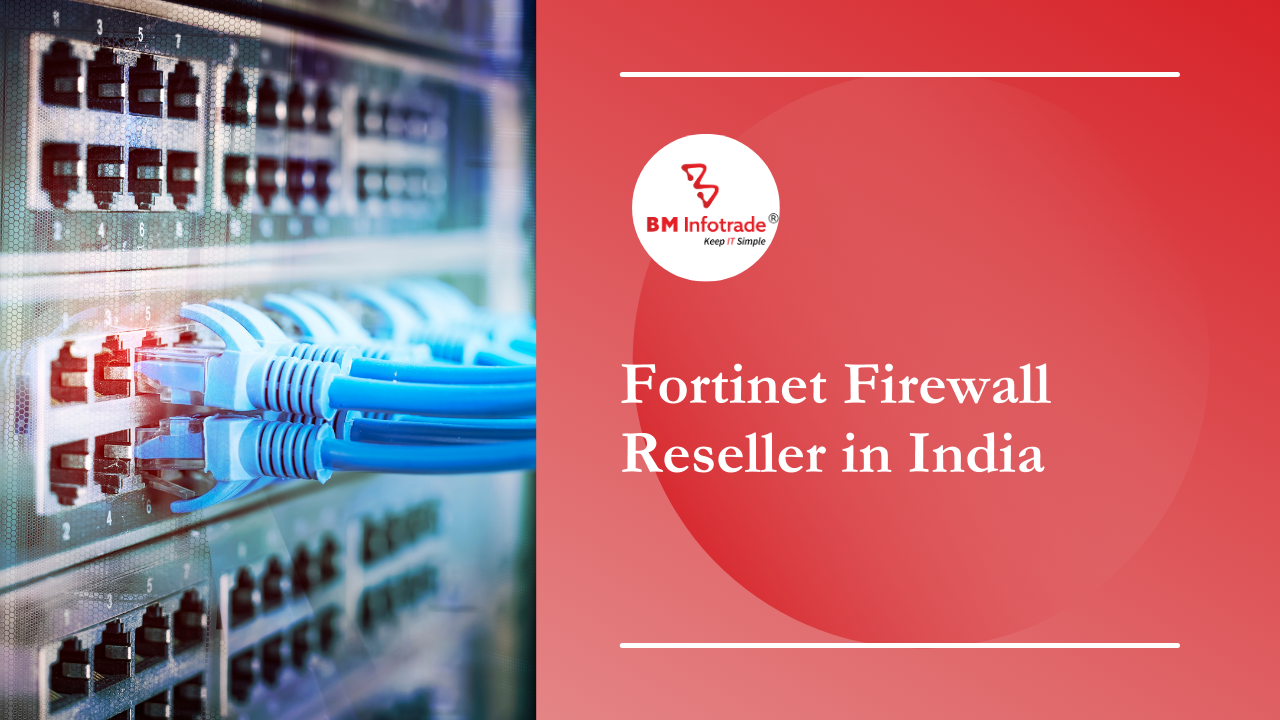



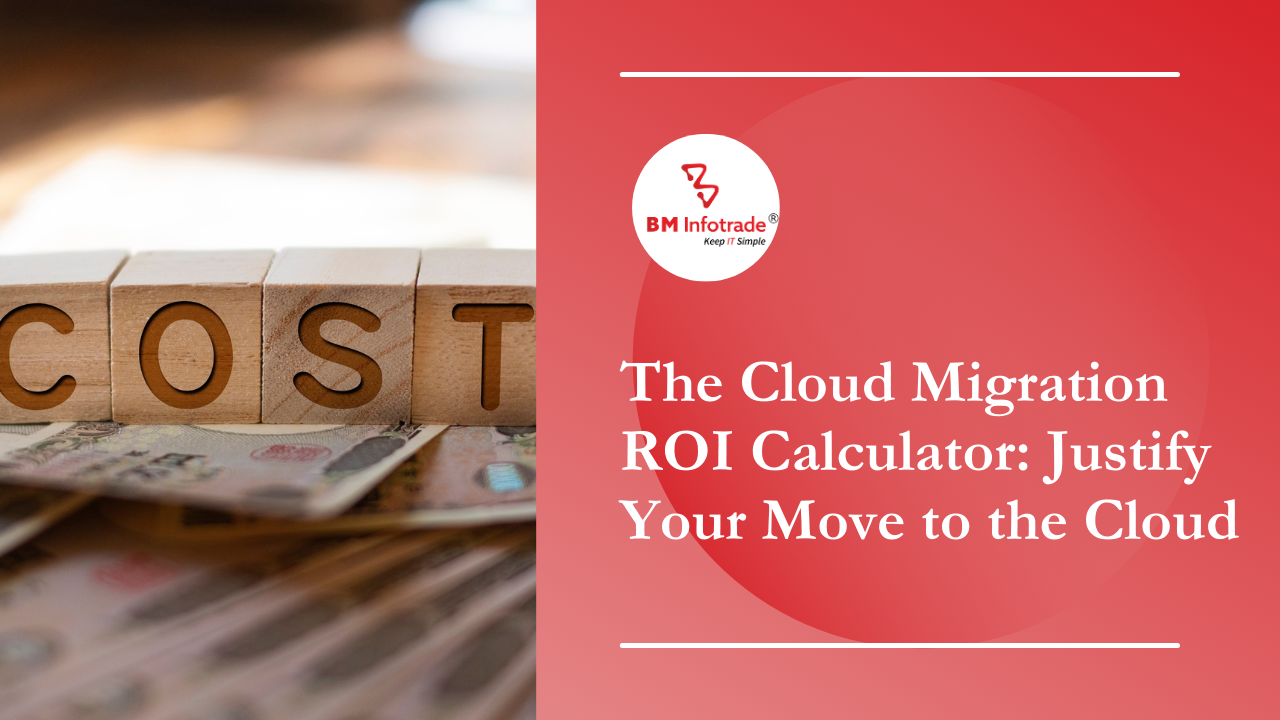
![Cloud Licensing and Compliance Made Easy [All-in-One Bundle]](https://bminfotrade.com/assets/upload/blog/21851766642757.png)
Anshul Goyal
Group BDM at B M Infotrade | 11+ years Experience | Business Consultancy | Providing solutions in Cyber Security, Data Analytics, Cloud Computing, Digitization, Data and AI | IT Sales Leader